The taint of slave labour could be hiding in rooftop solar panels, electric cars or rows of wind turbines.
Globally, consumers and investors are paying more attention to where their goods and profits come from – all the way along the supply chain, from mines to refineries at home or abroad and into our pockets, garages and portfolios.
Governments and companies are putting in place commitments to change the way people live and work to get to net zero carbon emissions by 2050 or before, which will require a massive rollout of clean energy infrastructure.
New expectations for sustainability and environmental reporting could leave dirty, unfair and unsafe operators with few places to hide.
The pandemic and war in Ukraine have exposed vulnerabilities in supply chains, Assistant Minister for Climate Change and Energy Jenny McAllister said.
But Australia can move up the value chain through processing and manufacturing, she told an industry summit.
Although North America is restricting China’s involvement in supplying minerals needed for electric cars, high-tech communications and defence technologies, Australia is taking a softer approach towards its long-time investor and biggest customer.
“Treasury is working with the Foreign Investment Review Board to develop a more sophisticated understanding of critical minerals investment,” she tells the Clean Energy Council Supply Chain Summit.
In contrast, Canada last month ordered three companies to sell their Canadian lithium investments.
Australian Renewable Energy Agency CEO Darren Miller says, like it or not, a lot of the supply chains are leveraged to China and those relationships are strained.
But Senator McAllister said the inter-governmental International Energy Agency has made it clear the success of the energy transition from fossil fuels will rely on a sustainable supply chain.
“While the sources of critical minerals are varied, the processing is very highly concentrated and so too is the production of a range of critical technologies – from PV cells to cathodes, anodes and electric vehicles,” she said.
“There really isn’t any reason why Australia can’t be a supplier of choice in this transformation.”
Clean Energy Council Kane Thornton said the global race for skills, capital and equipment is on and challenges in the supply chain for the clean energy sector are already being seen in Australia.
“We’re seeing delays in supplies and critical equipment. We’re seeing cost volatility and increases in some components,” he says.
The lack of a clear, strong, national energy policy has made the supply challenges worse, he says, but under new political leadership there is more confidence amongst developers to make big decisions and work together.
“And of course we need to make sure our supply chain is ethical,” Thornton said.
Leading scientist Alan Finkel says the link between economic growth and increasing emissions without consequence has been severed.
And rapid growth is putting pressure on global energy supply chains, which are only as strong as their weakest link, he says.
Modern slavery is another undercurrent many know little about, but it’s a component of many items people take for granted – including in the energy sector.
Research by the Clean Energy Council with law firm Norton Rose Fulbright Australia has found businesses need to be aware of the risks in their supply chains, as the cheapest option is not necessarily the right choice.
The report provides evidence linking modern slavery to clean energy supply chains for solar, wind and battery technologies.
About 2.6 million Uyghur and Kazakh citizens are alleged to be subjected to “surplus labour” programs and face coercion, re-education programs and internment.
There are concerns many workers in these programs are unable to refuse such work or leave these jobs, although China has denied the accusations.
Cobalt, which is used in lithium-ion batteries, has the taint of slavery in the Democratic Republic of the Congo (DRC) where about 250,000 people, including at least 35,000 children, work in small mines.
Other key cobalt-producing countries in Africa have faced accusations of forced labour, including Zambia.
In response, the Global Battery Alliance of more than 100 businesses, government and non-government organisations is developing a “battery passport” which serves as a digital trace of a physical battery moving through supply chains.
Nickel has also come under scrutiny because while the renewable energy industry took a small fraction of the global nickel market in 2020 (8 per cent), it is forecast to potentially consume over half of global supplies by 2040.
The rapid growth in demand for balsa wood used within wind turbine blades has been linked to deforestation and modern slavery in the Amazon region of Ecuador, with payments to workers allegedly made at least partially in the form of alcohol or drugs.
Manganese is another important component of wind turbines and there are reports of severe health conditions such as asbestos poisoning and tuberculosis and exploitation, particularly of women and girls, in its supply chain.
A single three megawatt wind turbine blade alone contains about 4.7 tons of copper, which is another ore that attracts human rights concerns in other countries.
Renewable energy companies also need to manage the exposure to modern slavery that is shared by almost all organisations across general procurement, operations, logistics and investments, the report says.
Australia’s vast landmass may be the world’s largest store of many crucial raw materials but China has a stranglehold on purified ingredients.
Solar expert Oliver Hartley points out China has control of polysilicon needed for semiconductors and solar cells.
The process of melting polysilicon into ingots and cutting them into wafers is a crucial step between polysilicon production and cell manufacturing.
He says ingot and wafering is almost 100 per cent out of China and mostly out of the north-western region of China.
“So anti-slavery alarm bells go off,” Dr Hartley said.
“The problem with that processing step is it has a large labour component and at the moment it’s not automated.
“So we have to work through whether we want to do some ingot and wafering in Australia.”
The Albanese government released a discussion paper on the future of Australia’s critical minerals industry and how the sector can grow to help Australia become a clean energy superpower.
Resources Minister Madeleine King said the 2023 Critical Minerals Strategy will develop new sovereign capabilities in downstream processing as well as Australia’s manufacturing industries.
BHP, Iluka, Pilbara Minerals and Lynas are among companies developing processing plants and refineries and Ardea Resources is finalising a future nickel-cobalt hub.
“The central link to get right into the supply chain is the renewable energy to underpin everything we do,” Prof Finkel said.
“There’s a lot to be done, but we’re building a good base.”
With news from AAP.


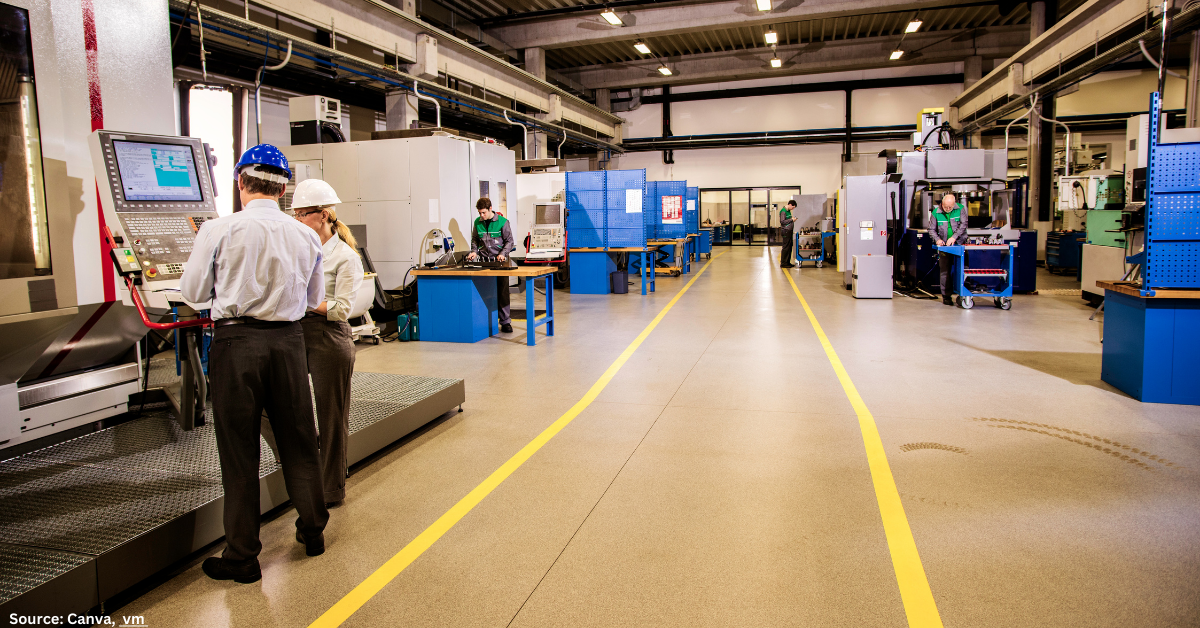
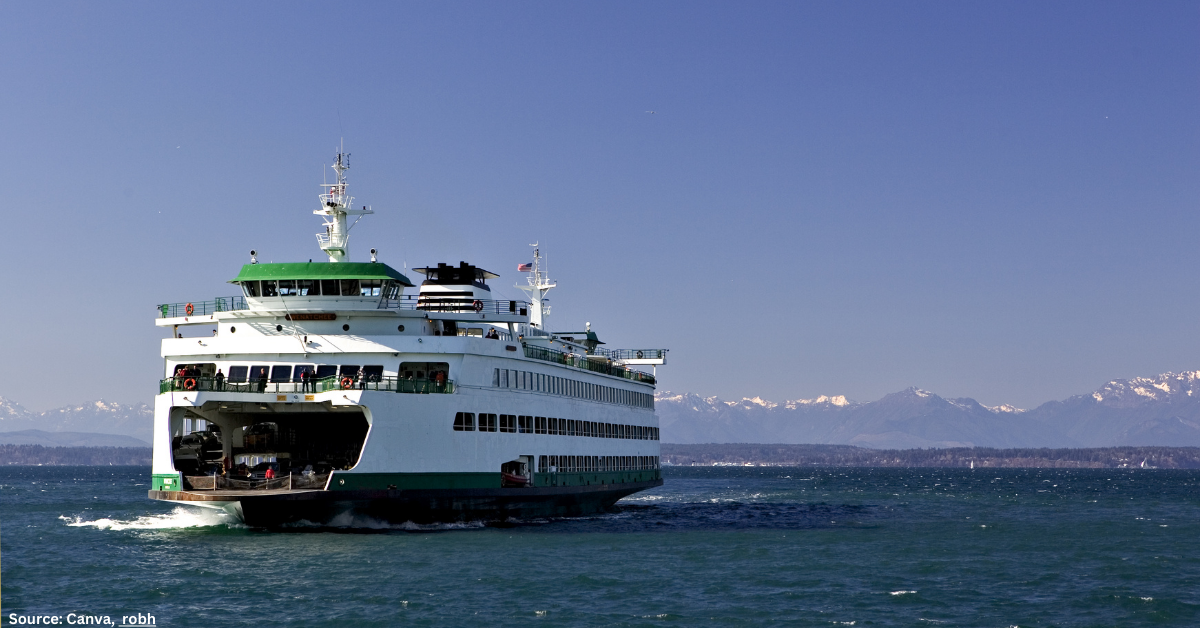
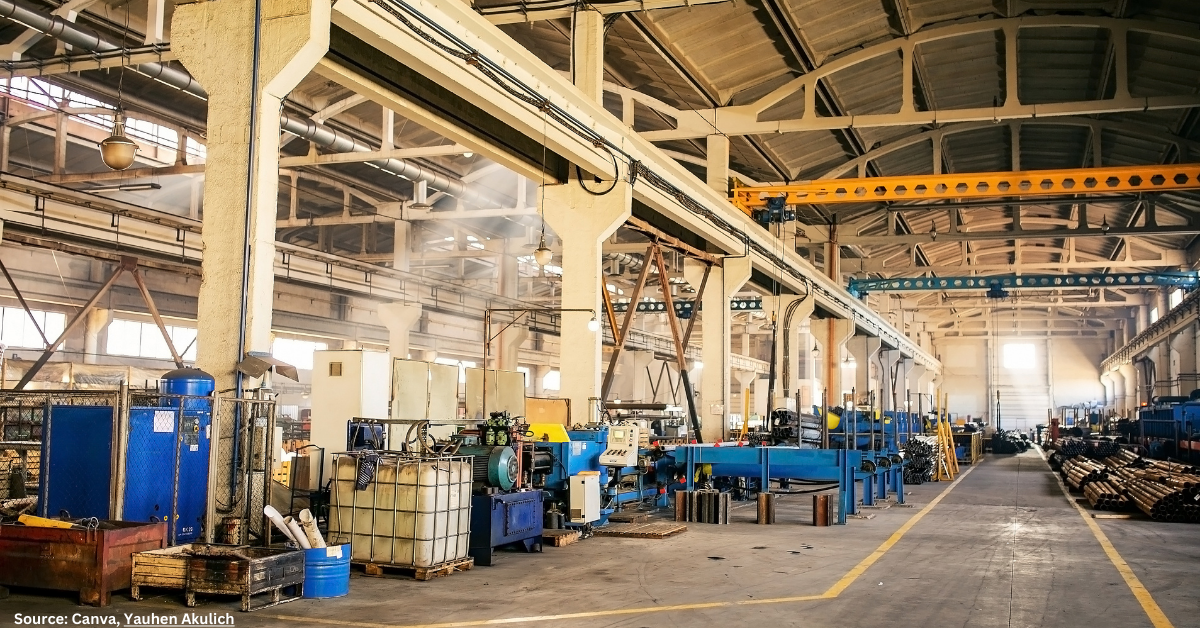







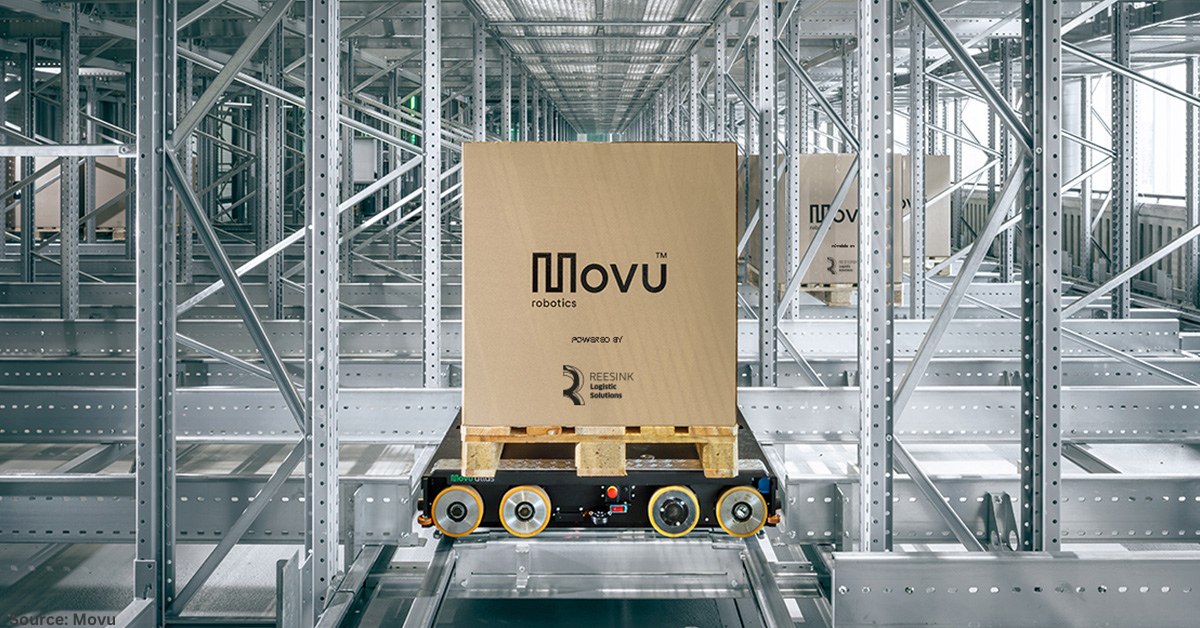










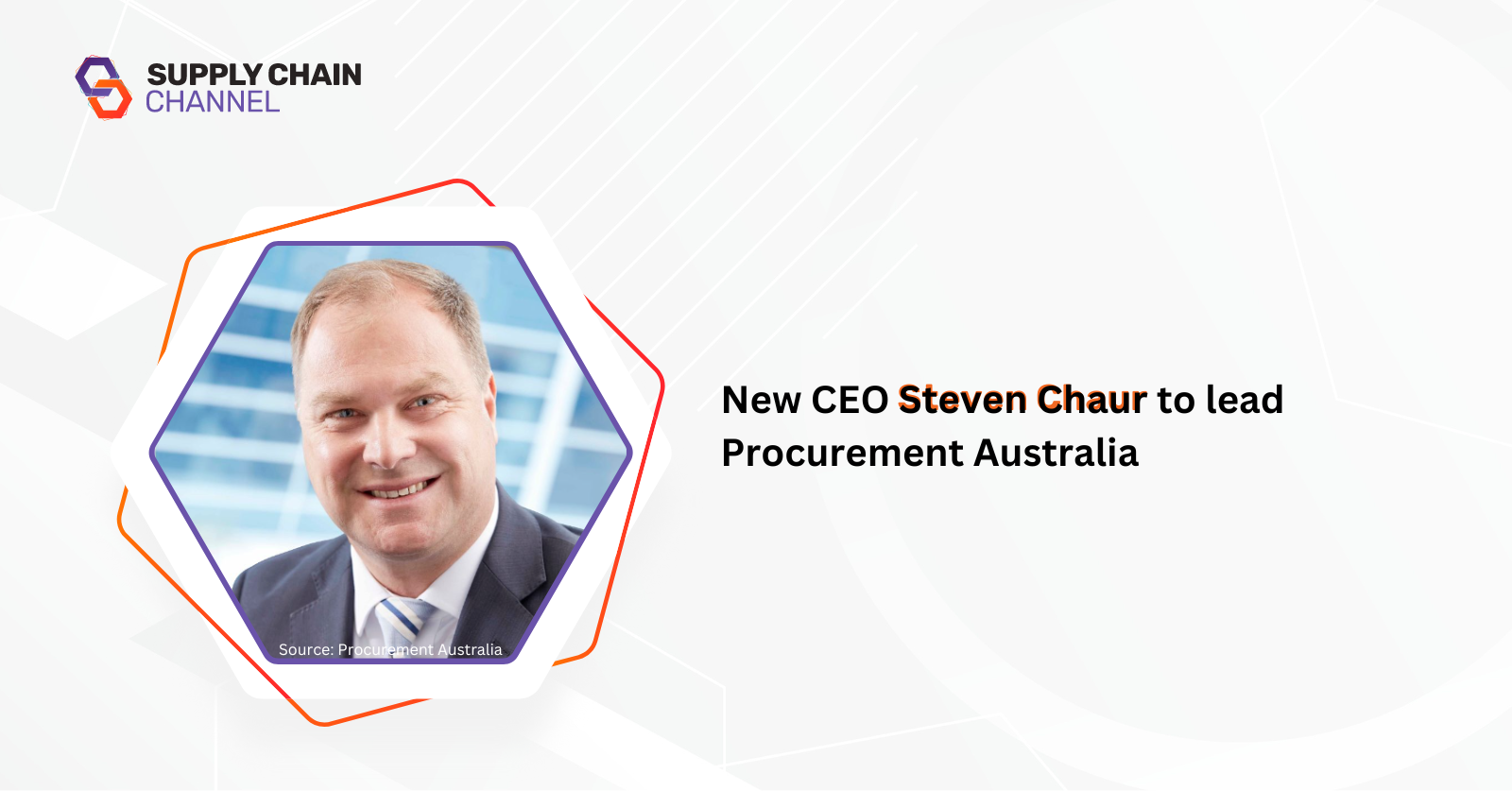



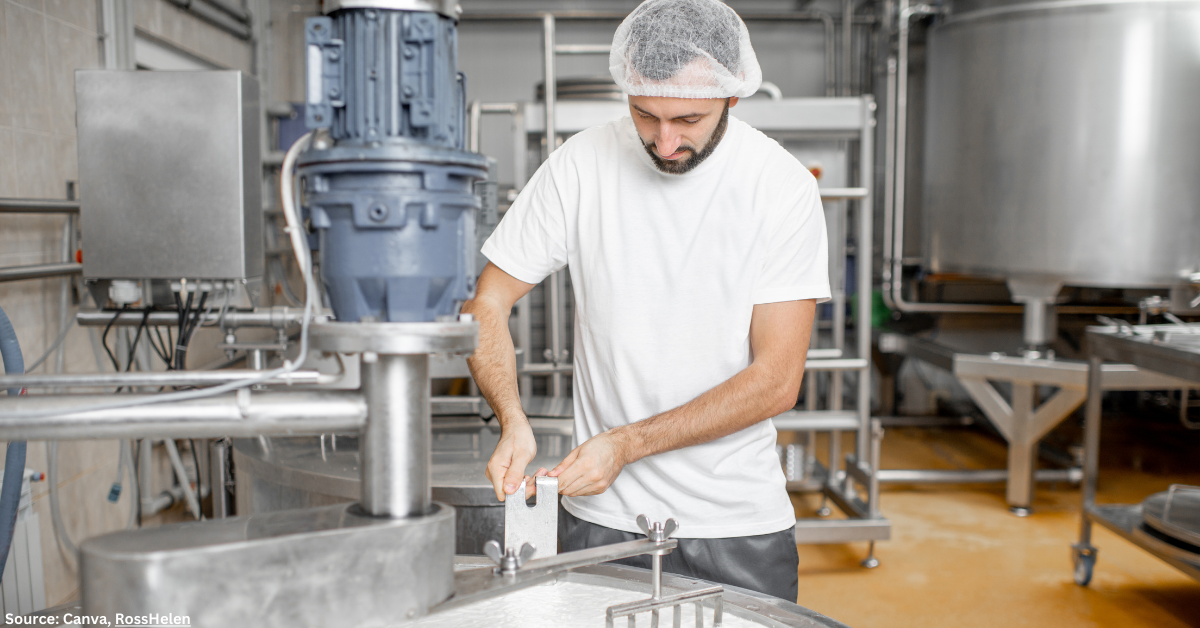













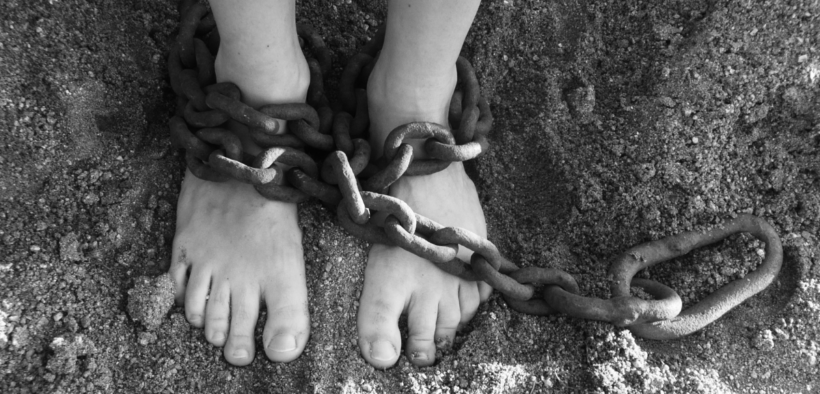















Follow us on social media